Cultural Genocide by British: India’s Civilizational Soul Destroyed
Part IX: Study of East India Company and Foreign rule in Bharat
Why “Cultural Genocide” Is the Accurate Phrase
As a part of analysis of consequences of The Allahabad Treaty and the British Rule in India we have presented how British used the tool of trade to loot of Indian resources and destruction of Indian culture. As the last part of the series we analyze the levels at which the cultural geocide operated that brought the destruction to the level that 75 years after political freedom Indians are still British in behavior and practices while a large number of whom have already been converted to Christianity influenced by different elements. The British conquest of India did not merely aim for political control or economic profit—it sought to dismantle the very civilizational framework that sustained Bharat for millennia. While the East India Company transformed from traders to rulers through military conquest and strategic manipulation, and while the systematic economic drain extracted $45 trillion in wealth, the most insidious dimension of British colonialism was cultural genocide—the systematic erasure of a people’s identity, education, language, knowledge systems, and self-respect.
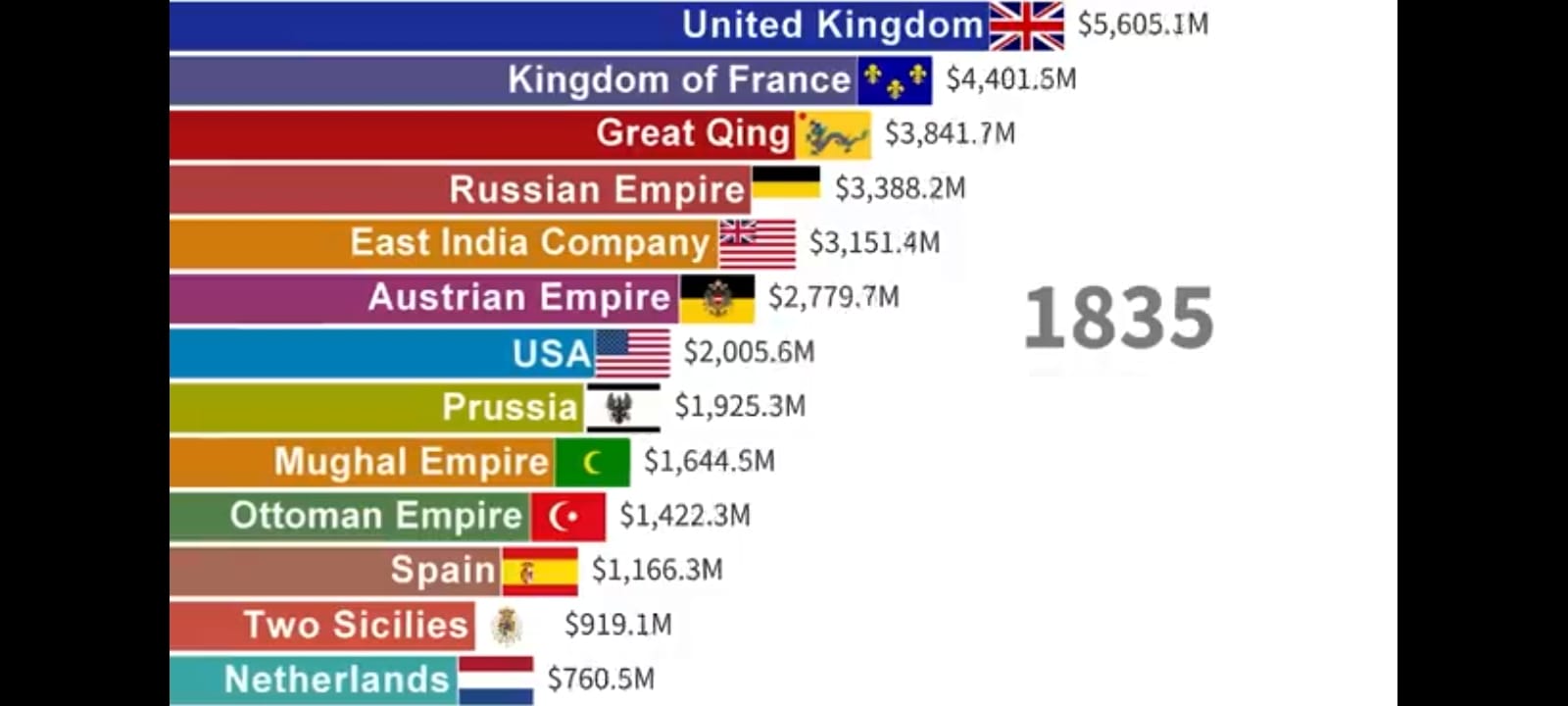
Genocide, in its broader cultural sense, means the systematic erasure of a people’s identity, education, language, knowledge systems, and self-respect—destroying the essence of their civilization while leaving the population physically alive but spiritually subjugated. This is precisely what British colonial policy accomplished through deliberate, systematic measures implemented over nearly two centuries.
The divide and rule strategy that made political conquest possible was only the beginning. The British understood that to permanently subjugate India, they had to destroy not just political unity but civilizational coherence. They had to sever Indians from their intellectual roots, spiritual traditions, and cultural memory. They had to create a population that would internalize British cultural superiority and their own inferiority—a mental colonization that would outlast physical colonization.
The Destruction of the Indigenous Education System
These themes of intellectual destruction were touched upon in “Gurukul Education System – A Journey Through Time” and “Gurukul: Truths of Hindu Wisdom”, which highlight how traditional knowledge ecosystems once thrived before their systematic dismantling under colonial rule—from Gurukuls and Pathshalas to Madrasas and Tols, teaching subjects from grammar, astronomy, logic, and medicine to metallurgy and mathematics. This system had produced the mathematical innovations (zero, decimal system, trigonometry), astronomical knowledge (accurate planetary calculations predating European discoveries), medical texts (Ayurveda, surgery techniques), and philosophical systems (Vedanta, Nyaya, Buddhist logic) that were among humanity’s greatest intellectual achievements.
Women and Knowledge Loss
Colonial disruption also erased centuries of women’s participation in learning. Pre-British India had women poets, teachers, and philosophers—Maitreyi, Gargi, Akka Mahadevi, and later scholars in regional pathshalas. With the collapse of local educational patronage, women’s traditional access to Sanskritic and vernacular education declined sharply. The British model of schooling, limited to boys and urban elites, sidelined women for nearly a century. Only by the late 19th century did Indian reformers like Savitribai Phule, Pandita Ramabai, and Sarojini Naidu begin reclaiming women’s place in intellectual life.
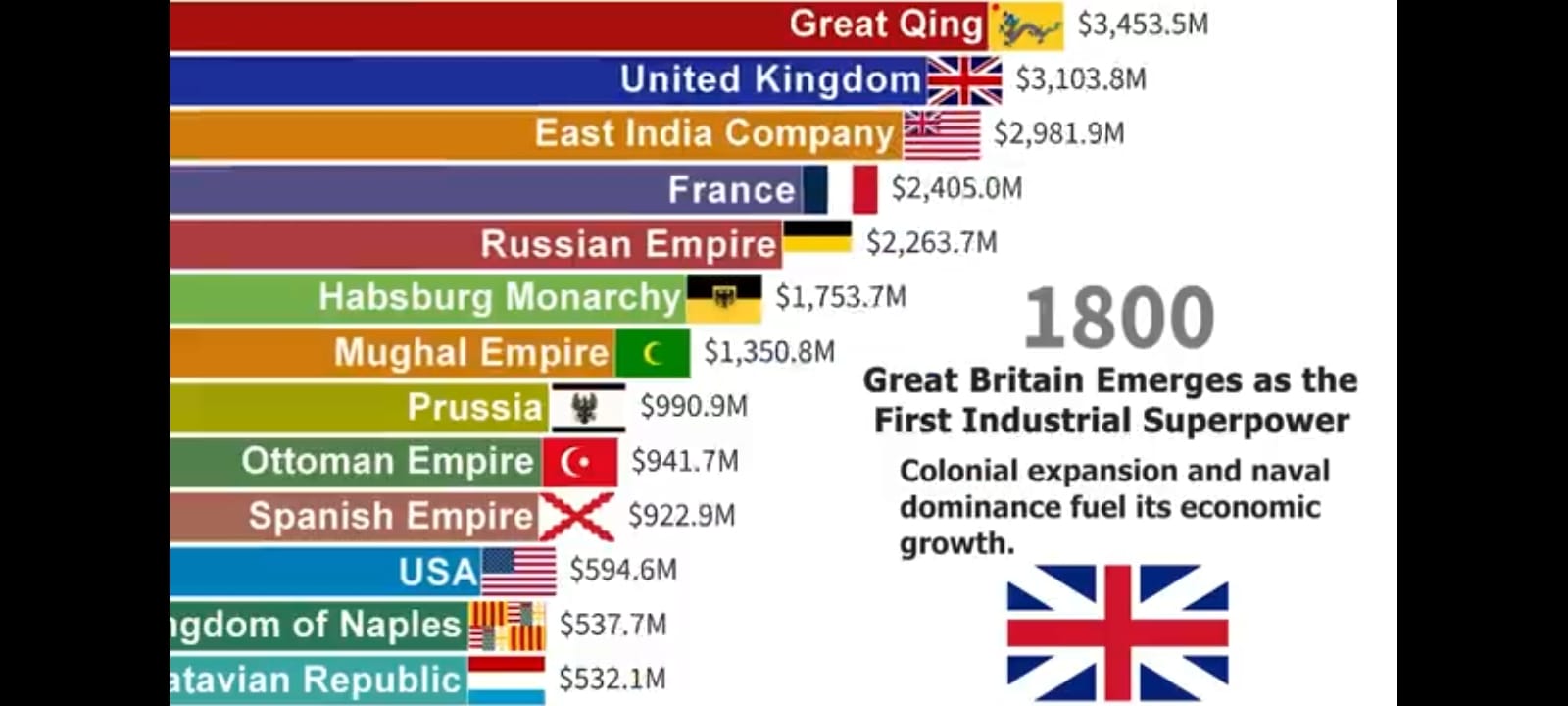
The Scale of Indigenous Education
According to William Adam’s vernacular education surveys conducted between 1835 and 1838, Bengal and Bihar together had over one lakh (100,000) functioning pathshalas and madrassas. Dharampal’s archival analysis later confirmed comparable proportions in other presidencies, suggesting that across the subcontinent, India supported around two lakh (200,000) community-funded schools. Thomas Munro’s Madras Presidency survey (1822–1825) recorded 12,498 schools serving students across caste lines, with Shudras and other non-elite castes forming a major share. These findings indicate that pre-colonial Indian education was remarkably decentralized, inclusive, and literacy-oriented compared to contemporary Europe.
The Adam Reports revealed that in Bengal and Bihar:
- There was approximately one school for every 400 people
- Schools taught in vernacular languages accessible to students
- Education was provided across caste lines, with significant numbers of students from lower castes
- Curriculum included reading, writing, arithmetic, and practical subjects
- The Adam and Munro surveys further revealed that caste barriers in education were far less rigid than often portrayed. In Madras Presidency, reports between 1822 and 1825 noted that Shudra students comprised nearly half of enrolled pupils in village schools, while others from artisan and agrarian communities were also represented. Such data challenge colonial claims that indigenous education was reserved only for upper castes.
Sir Thomas Munro’s survey in Madras Presidency (1822-1825) found 12,498 schools serving a population that included students from all castes. The survey revealed that lower caste students comprised significant proportions—demolishing the myth that traditional Indian education was exclusively upper-caste.
This decentralized education system meant India had higher literacy rates than contemporary Europe in many regions. The system was not perfect—it had limitations and inequities—but it was functional, widespread, and rooted in Indian civilizational contexts.
Macaulay’s Minute: The Blueprint for Cultural Genocide
On February 2, 1835, Thomas Babington Macaulay delivered his infamous “Minute on Indian Education.” This document is the smoking gun proving deliberate cultural genocide. Macaulay explicitly stated the goal of British education policy: to create “a class of persons, Indian in blood and colour, but English in taste, in opinions, in morals, and in intellect.”
Let us parse this statement carefully. Macaulay was not proposing education—he was proposing transformation. He wanted to create Indians who would:
- Reject their own culture as inferior (“English in taste”)
- Adopt British worldviews as superior (“English in opinions”)
- Internalize British moral frameworks (“English in morals”)
- Think like British subjects, not like Indians (“English in intellect”)
But remain “Indian in blood and colour”—because they would still be colonial subjects, not British citizens. They would be intermediaries between British rulers and Indian masses, facilitating British rule by internalizing and propagating colonial superiority.
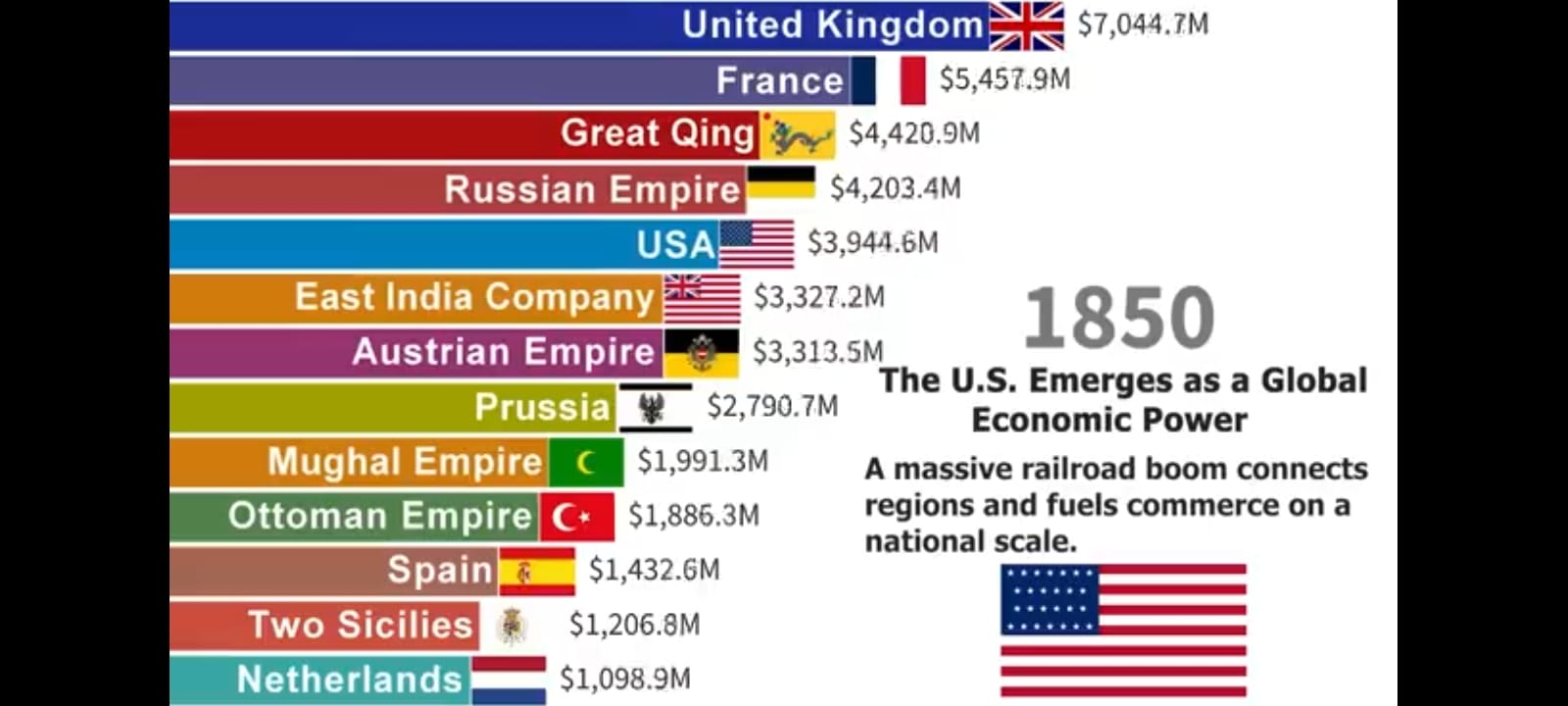
The Print Battleground
The 19th century also saw the rise of print as both an instrument of colonial control and a tool of cultural resistance. Missionary presses printed textbooks portraying Indian culture as superstition, yet the same technology enabled Indian-owned vernacular newspapers and journals to reclaim narrative space. Papers like Samachar Darpan, Kesari, and Amrita Bazar Patrika published essays defending Indian knowledge, scriptures, and reform movements. Translation became a political act—rendering Sanskrit, Persian, and Tamil classics into modern Indian languages reconnected people with their own intellectual heritage.
The Systematic Destruction
Following Macaulay’s Minute, the British implemented systematic policies to destroy indigenous education:
Defunding Indigenous Institutions: Government support that had been provided to Sanskrit schools, Madrasas, and traditional institutions was withdrawn. Resources were redirected to English-medium schools teaching Western curriculum.
Devaluation of Indigenous Credentials: Traditional education credentials—knowledge of Sanskrit, Persian, Ayurveda, astronomy—became worthless in the new colonial economy. Only English education provided access to government jobs, legal practice, and commercial opportunities.
Linguistic Displacement: English replaced Sanskrit, Persian, and vernacular languages as the language of administration, law, and higher education. Indians had to master a foreign language to access their own legal system, participate in governance, or pursue higher education.
Curriculum Transformation: By making English education the gateway to opportunity, the British ensured that Indians would seek English schools, pay for them, and gradually abandon indigenous institutions. The destruction appeared voluntary because it was economically rational under colonial structures—but the structures themselves were designed to destroy indigenous education.
The Long-Term Impact Systematic Destruction
These measures—defunding vernacular schools, privileging English education, and promoting missionary instruction—collectively dismantled India’s educational autonomy within just five decades.
Colonial statistics reveal the deliberate underfunding of education. By 1900, fewer than one in ten Indian children attended any school, and even by 1931, fewer than one in five men were literate. This underinvestment was structural: in 1901–02, British India spent barely 3% of its revenue on education, prioritizing revenue collection and law enforcement over literacy or public instruction.. This wasn’t because Indians lacked educational capacity—it was because the British had destroyed a functioning education system and replaced it with one designed to educate only a tiny elite needed for colonial administration.
More devastatingly, the British education system created what Macaulay intended: generations of Indians who internalized British cultural superiority and Indian inferiority. These anglicized Indians became the intermediaries of colonial rule, the brown sahibs who facilitated British dominance while despising their own civilization.
Resilience Amid Ruin
Yet, beneath official neglect, quiet resistance continued. Gurukuls operated informally in homes and temples, keeping Sanskrit and regional learning alive. Traditional scholars copied manuscripts by hand to preserve texts threatened by disuse. Reformers like Swami Dayananda Saraswati, Swami Vivekananda, and later Mahamana Madan Mohan Malaviya revived Vedic and technical education through institutions such as Gurukul Kangri and Banaras Hindu University. The civilizational instinct to preserve knowledge never disappeared—it simply went underground until conditions allowed revival.
This cultural alienation persists today. Many educated Indians still devalue indigenous knowledge systems, dismiss Sanskrit learning as regressive, view Indian languages as inferior to English, and measure civilization by Western standards. This internalized colonialism is Macaulay’s lasting victory—a population that polices itself according to colonial standards decades after colonialism ended.
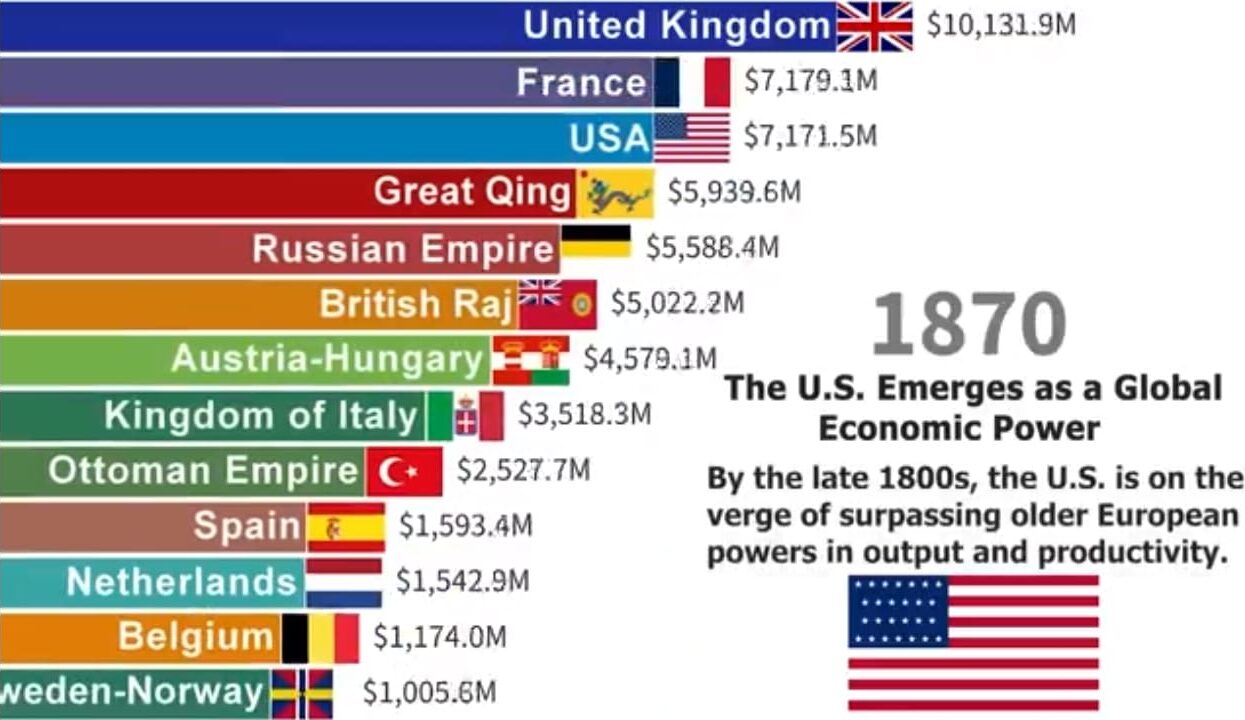
Manufacturing the Caste Divide: From Fluid Identity to Rigid Prison
The transformation of social identifiers into rigid political categories, described here, builds upon the earlier analysis in “Divide and Rule by East India Company – The Master Strategy that Conquered India, the British bureaucratized and racialized it through census classifications and legal codification, transforming a complex, regionally varied, and somewhat fluid system into a rigid, birth-based hierarchy designed to prevent Hindu unity.
Pre-Colonial Caste: Complex and Fluid
Pre-colonial Indian society organized around jati (birth groups) and varna (occupational/spiritual categories). This system was:
Regionally Varied: Caste categories, hierarchies, and practices varied dramatically across regions. A caste considered high status in one region might be lower status elsewhere.
Occupationally Flexible: While jati often corresponded to traditional occupations, individuals and families could and did change occupations. Upward and downward mobility existed, though limited.
Spiritually Conceptualized: The varna system was understood in terms of guna (qualities) and karma (actions), not purely birth. Texts described people moving between varnas based on qualities and actions.
Locally Negotiated: Caste status and relationships were negotiated within local communities, not enforced by centralized bureaucratic structures.
This is not to romanticize pre-colonial caste—the system had inequities and oppressions. But it was more fluid and varied than the rigid structure the British would create.
The Census: Weaponizing Caste
Beginning with the 1871 Census under British India, colonial ethnographers institutionalized caste as a bureaucratic category. Diverse jati and varna groupings were forced into fixed taxonomic hierarchies. The 1881, 1891, and 1901 censuses deepened this rigidity by assigning standardized ranks, linking caste identity with occupation, and embedding it into administrative law—thereby converting flexible social identities into state-sanctioned hierarchies.. The British:
Created Standard Categories: Regional variations were ignored. The British imposed standard caste categories across India, forcing diverse local groups into predetermined boxes.
Ranked Castes Hierarchically: The British assigned each caste a specific rank, creating official hierarchies that hadn’t existed in standardized form.
Made Caste Legal Identity: Caste became the primary category for legal rights, political representation, educational access, and government jobs. Indians had to claim specific caste identities to access resources.
Quantified and Measured: The census counted castes, measured their educational levels, occupations, and economic status—creating “objective” data that reinforced stereotypes.
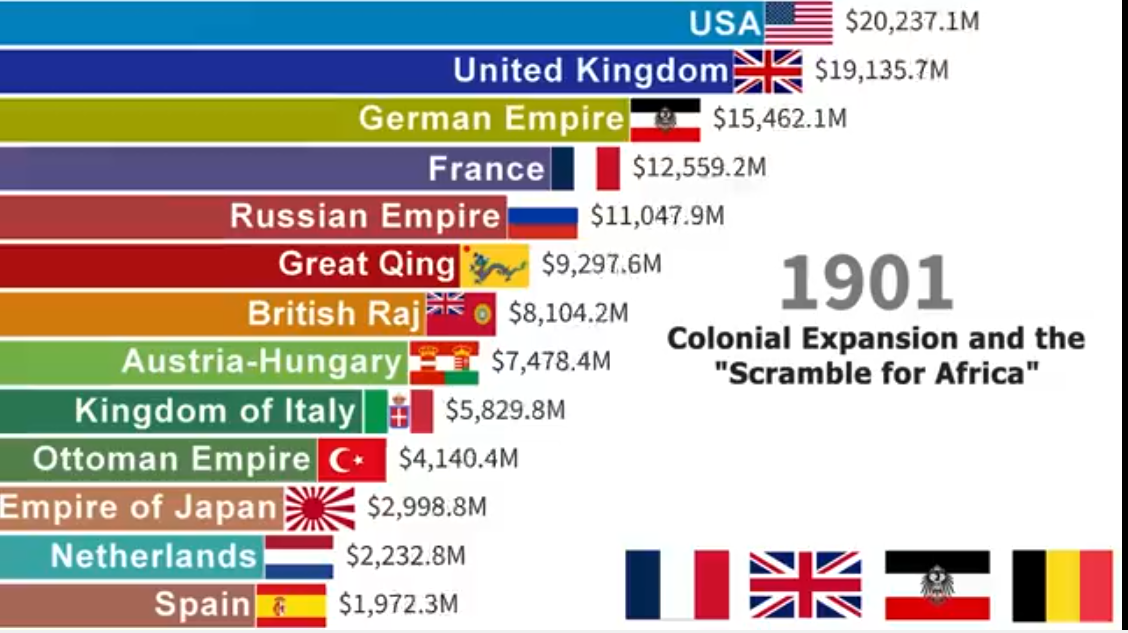
Racializing Caste: The “Scientific” Justification
British officials like Herbert Risley went further, racializing caste through pseudoscientific theories. Risley’s “nasal index” theory claimed that caste hierarchies reflected racial superiority—higher castes had more “Aryan blood” (supposedly European), lower castes were “Dravidian” (supposedly inferior).
This racial theory served multiple purposes:
Justifying British Rule: If Indians were divided by race (disguised as caste), they were naturally unable to unite. British rule was necessary to prevent racial conflict.
Dividing Hindus: By making caste racial rather than spiritual, the British ensured upper and lower castes saw each other as racially different, not as members of a shared civilization.
Creating Loyal Classes: Lower castes were told that British rule protected them from upper-caste oppression, creating loyalty to colonial rule as protection against other Indians.
Preventing Reform: Hindu reform movements seeking to reduce caste rigidity were undermined by the legal codification of caste in census, law, and administration.
The Doctrine of Divide and Rule
The British manipulation of caste was part of their broader divide and rule strategy. By rigidifying caste, they ensured Hindus could never unite:
Political Representation: Separate representation for different castes in legislative councils ensured caste-based rather than ideology-based politics.
Economic Stratification: Reserving certain jobs for certain castes ensured economic competition along caste lines.
Educational Segregation: Separate schools and scholarships for different castes prevented inter-caste interaction and solidarity.
Legal Codification: Laws that recognized caste in inheritance, marriage, and social customs made caste legally inescapable.
The result was exactly what the British intended: Hindus divided by caste competed with each other for British favor rather than uniting against British rule. This divide-and-rule through caste manipulation was cultural genocide—the deliberate destruction of Hindu civilizational unity.
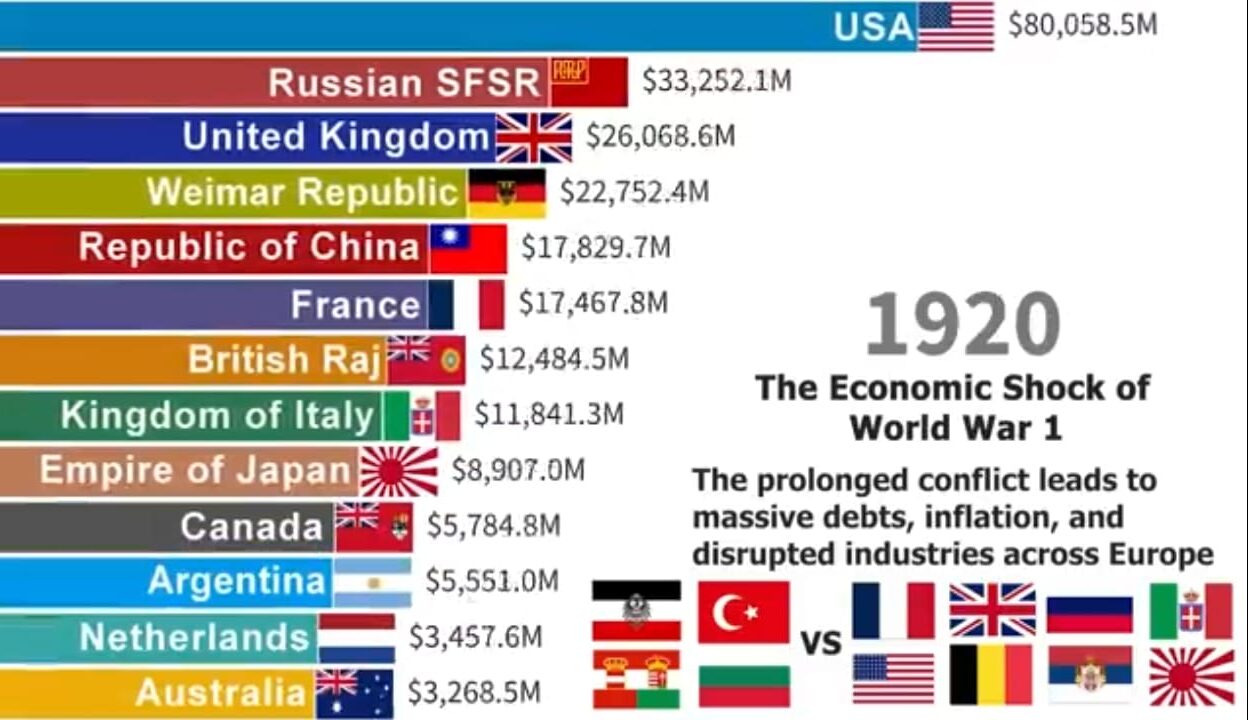
Religious Fragmentation and Sectarian Manipulation
By the 19th century, British administrators realized that India’s spiritual cohesion—not its political unity—was the real threat to empire. A population with shared spiritual traditions, pilgrimage networks, and cultural practices could develop unity that transcended regional political fragmentation. The British systematically engineered religious separateness to prevent this unity.
Creating “Hinduism” and “Islam” as Opposed Identities
Pre-colonial India had diverse spiritual traditions that overlapped and coexisted. Muslims and Hindus shared saints, visited each other’s shrines, participated in each other’s festivals, and intermarried at certain social levels. Religious identity was one of many identities—alongside language, region, occupation, and loyalty to local rulers.
The British transformed this fluid religious landscape into rigid, opposed identities:
Census Categorization: Just as with caste, the census forced Indians to identify primarily by religion. “Hindu” and “Muslim” became primary political categories, not personal spiritual identities.
Legal Codification: British law created separate personal laws for Hindus and Muslims, making religious identity legally significant for marriage, inheritance, and property. This formalized religious separation that had been fluid.
Educational Segregation: Separate schools, different curricula, and religious instruction that emphasized doctrinal differences rather than shared practices.
Historical Narrative: British historians and administrators emphasized religious conflict in Indian history while ignoring centuries of coexistence and syncretism. Indian history was portrayed as Hindu-Muslim conflict, justifying British rule as necessary to prevent communal violence.
The Morley-Minto Reforms: Institutionalizing Division
The Morley-Minto Reforms of 1909 granted separate electorates for Muslims—Muslims would vote only for Muslim representatives, Hindus only for Hindu representatives. This seemingly minor provision had catastrophic consequences.
Separate electorates ensured that:
- Hindu and Muslim politicians never had to appeal to voters of the other community
- Political competition occurred along religious lines rather than policy lines
- Each community’s politicians gained by promising benefits at the other’s expense
- Religious identity became the primary axis of political mobilization
This was divide and rule made constitutional. The British created a political system that incentivized communal division and punished attempts at Hindu-Muslim unity.
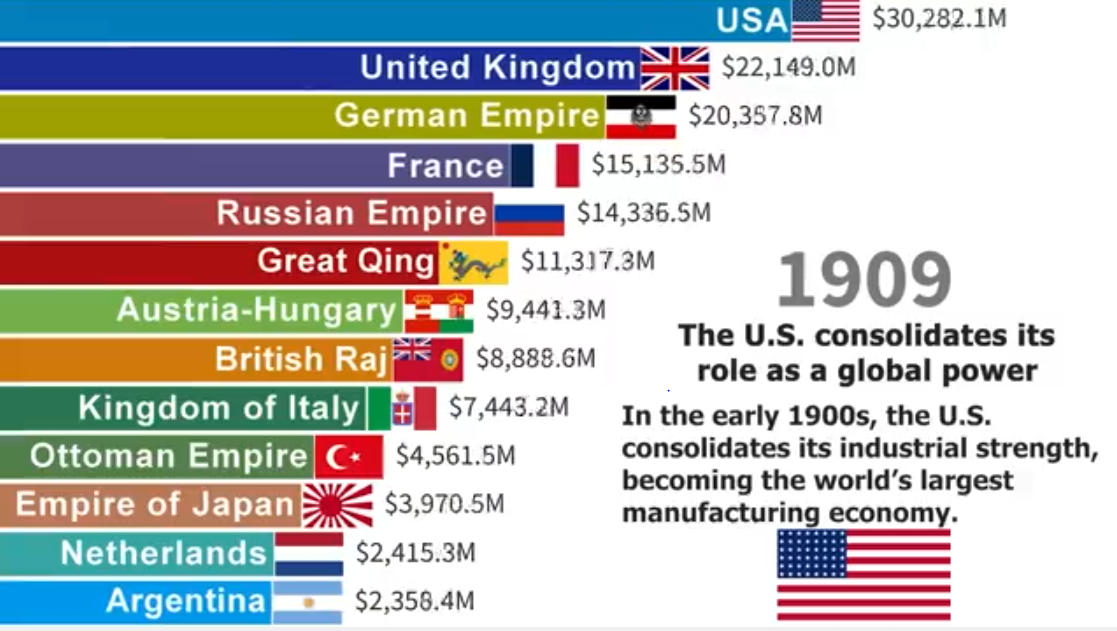
Missionary Activity and Christian Conversions
The British supported Christian missionary activity while claiming neutrality in religious matters. Missionary activity received both state patronage and legal privileges. After the 1813 Charter Act, Christian missions were formally allowed in British India and soon dominated English-medium education in Bengal, Madras, and Bombay Presidencies. Missionary schools received public funds and land grants, combining English instruction with Christian moral education aimed at ideological assimilation. They:
Targeted Vulnerable Populations: Lower caste Hindus and tribal populations were particular targets, with promises of social equality and escape from caste oppression.
Controlled Education: Missionary schools provided English education that many Indians sought, but combined it with Christian proselytization and denigration of Hindu practices.
Portrayed Hinduism as Primitive: Missionary literature and education portrayed Hinduism as polytheistic superstition, morally inferior to Christian monotheism.
Created New Divisions: Christian converts became a separate political category, further fragmenting Indian society along religious lines.
The goal wasn’t mass conversion—the British understood that was impractical. The goal was fragmentation. Every new religious community was another division preventing Indian unity.
Recasting Hindu Reform as Sectarian Rivalry
When Hindu reform movements emerged—the Brahmo Samaj, Arya Samaj, Ramakrishna Mission—the British encouraged them as sectarian rivals rather than as expressions of Hindu spiritual renewal:
Arya Samaj vs. Sanatanis: The British portrayed Arya Samaj reformers as opponents of traditional Hindus, encouraging sectarian conflict rather than recognizing both as expressions of Hindu civilization.
Shaiva vs. Vaishnava: Regional devotional traditions were portrayed as conflicting sects rather than as diverse expressions of shared spiritual culture.
“Progressive” vs. “Orthodox”: Hindu society was divided into “progressive” reformers (who accepted Western values) and “orthodox” traditionalists (portrayed as backward), preventing unified Hindu response to British cultural imperialism.
This systematic engineering of religious fault lines culminated in the Partition of 1947—the final act of cultural genocide, where communities that had coexisted for centuries were turned into enemies. Partition killed over a million people and displaced 15 million—the direct result of British policies that weaponized religious identity.
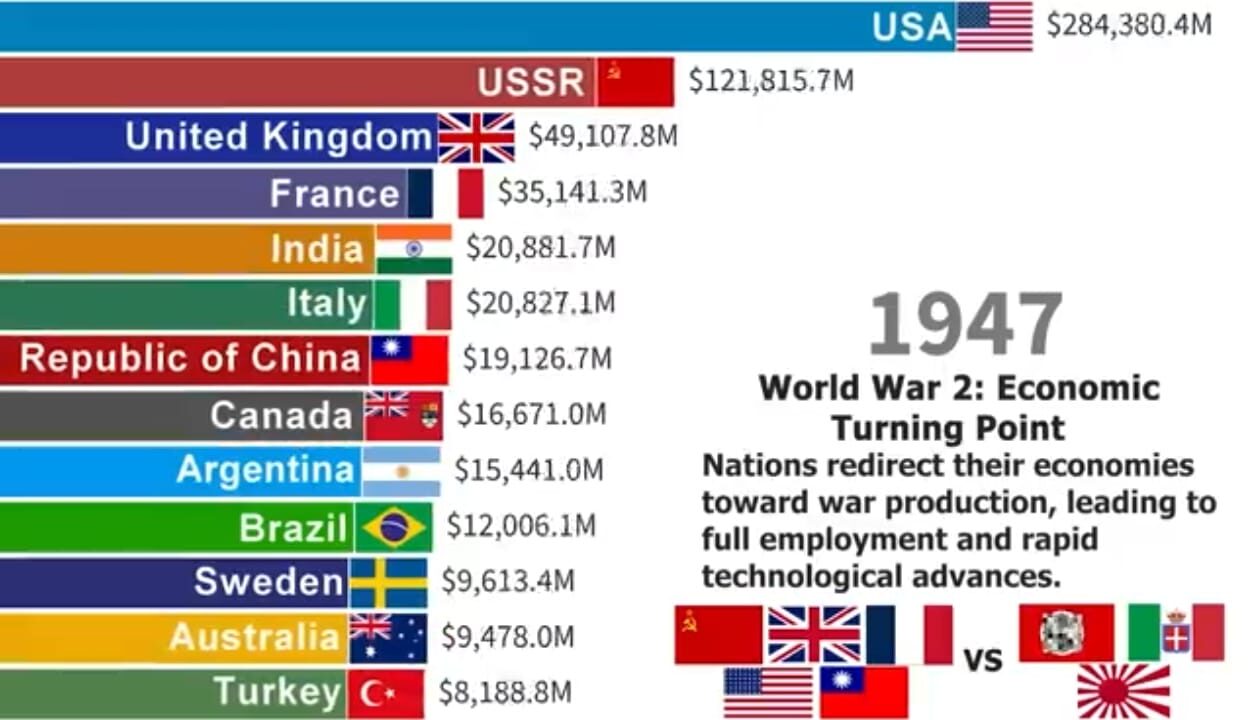
Suppression of Indigenous Medicine and Knowledge Systems
The suppression of Ayurveda and Indian medical wisdom also parallels the intellectual theft discussed in “British Stole Indian Treasures – Colonial Plunder and Cultural Genocide.” This wasn’t just looting of gold and jewels—it was the extraction of civilizational knowledge systems—it was cultural genocide through institutional power.
The Functioning Indigenous Medical Systems
Pre-colonial India had sophisticated medical traditions:
Ayurveda: Based on centuries of empirical observation and theoretical development, Ayurveda had detailed understanding of anatomy, physiology, pharmacology, and surgical procedures. Sushruta, the ancient surgeon, described procedures including cataract surgery and plastic surgery that wouldn’t be known in Europe for centuries.
Siddha System: South Indian tradition with extensive pharmacopoeia and treatments especially effective for chronic conditions.
Unani Medicine: Synthesis of Greek, Persian, and Indian medical knowledge, widely practiced across India.
These systems had:
- Functioning medical colleges (Ayurvedic pathshalas, Unani madrasas)
- Standardized curricula and examinations
- Lineages of medical knowledge passed through guru-shishya tradition
- Extensive pharmacopoeia using local herbs and minerals
- Successful treatment of diseases endemic to Indian climate and conditions
The Systematic Discrediting
In 1835, Governor-General William Bentinck established the Calcutta Medical College to institutionalize Western medicine in India. Its founding charter explicitly declared the intent to replace ‘native systems of healing’ with Western scientific methods. By the 1860s, government grants for Ayurvedic and Unani colleges were slashed, and Western-trained doctors were given legal monopoly in public health institutions—a deliberate sidelining of indigenous medical systems.” The British implemented systematic policies to destroy indigenous medicine:
Defunding: Government support for Ayurvedic and Unani colleges was withdrawn. Resources were diverted to Western medical education.
Delegitimization: Practitioners of indigenous medicine were derided as quacks, their knowledge dismissed as superstition despite centuries of successful practice.
Legal Restrictions: Regulations required medical practitioners to have Western medical degrees to practice legally, effectively criminalizing traditional practitioners.
Institutional Monopoly: Government hospitals, medical services, and health policies exclusively used Western medicine, denying legitimacy to indigenous systems.
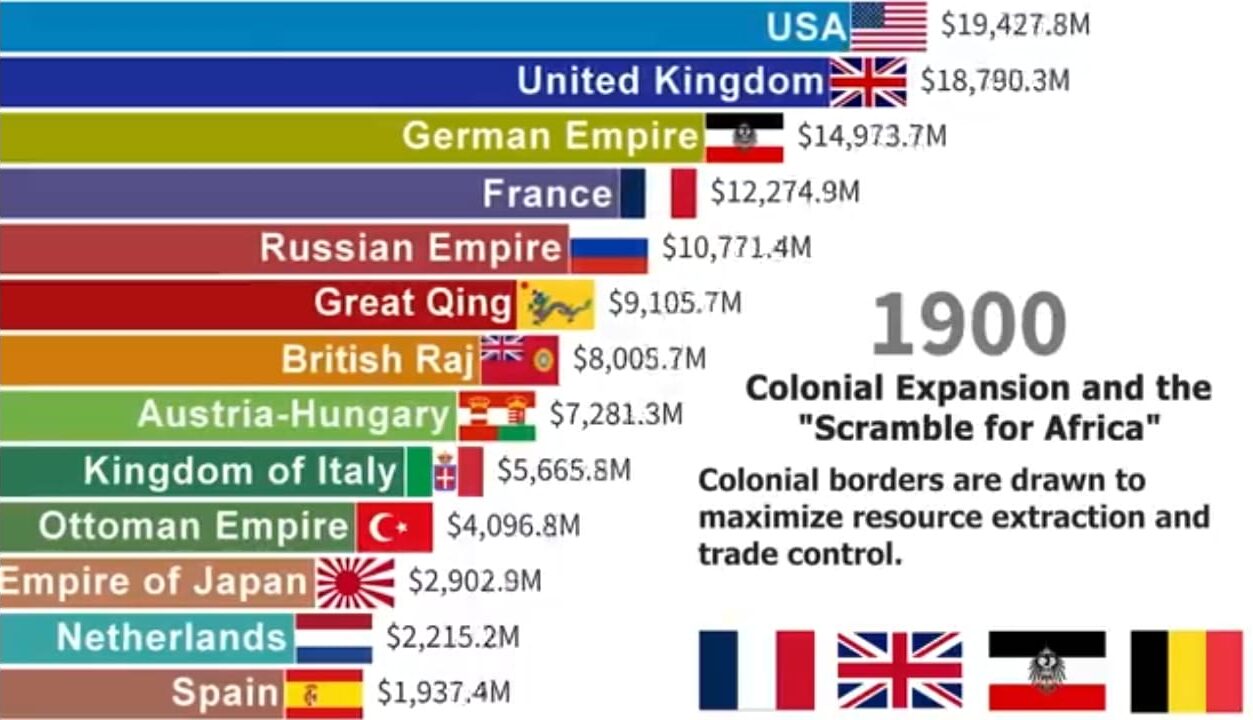
Botanical Theft and Knowledge Appropriation
Simultaneously with delegitimizing Indian medical knowledge, the British were stealing it:
Plant Bioprospecting: British botanists systematically collected Indian medicinal plants, documented their uses (learned from Indian vaidyas), and sent specimens to Kew Gardens and other British institutions.
Patent Theft: Knowledge developed over centuries by Indian practitioners was appropriated without credit or compensation. Treatments using Indian herbs were patented by British pharmaceutical companies.
Indigenous Knowledge Erasure: British pharmacologists documented hundreds of Indian herbs, including Rauwolfia serpentina (used later in antihypertensive drugs) and Terminalia chebula (a classical Ayurvedic ingredient), in colonial botanical surveys. Yet, these compounds were patented abroad without acknowledging their Indian origin—a historical case of biopiracy predating modern intellectual-property frameworks. The knowledge was presented as Western discovery, not Indian tradition adapted.
This pattern—stealing indigenous knowledge while discrediting its source—is epistemic genocide. The knowledge itself was valuable enough to appropriate, but the people who created it had to be portrayed as primitive to justify colonial rule.
The Long-Term Impact Of Botanical Theft
By independence, indigenous medical systems had been so thoroughly delegitimized that even educated Indians dismissed them as backward. Ayurvedic colleges existed but were underfunded and marginal. The majority of medical education and practice followed Western models.
This wasn’t because Western medicine was uniformly superior—Ayurveda and Unani had treatments effective for conditions common in India. This was the result of systematic colonial policy to destroy indigenous knowledge systems and create dependence on Western expertise.
Today, despite official recognition, indigenous medical systems remain marginalized. The colonial mindset that dismisses Indian knowledge as inferior persists among educated Indians—another lasting effect of cultural genocide.
Erasure of Cultural Memory and Historical Continuity
By controlling printing presses, education, and historiography, the British rewrote India’s history. They portrayed Bharat as a land of despotic kings and fragmented castes saved by British enlightenment—erasing the civilizational achievements that had made India one of the world’s most advanced civilizations for millennia.
Controlling Historical Narrative
British historians and administrators created a narrative of Indian history designed to justify British rule:
The Despotic East: Indian rulers were portrayed as uniformly despotic, cruel, and incompetent—incapable of just governance. This ignored sophisticated administrative systems, legal traditions, and governance innovations that had maintained large-scale civilizations for centuries.
The Caste-Ridden Society: Indian society was portrayed as hopelessly divided by caste, incapable of unity or progress. This ignored periods of remarkable social fluidity, reform movements, and philosophical traditions that questioned social hierarchies.
The Religious Fanatics: Indians were portrayed as superstitious religious fanatics whose spirituality was primitive compared to rational Christian civilization. This ignored India’s sophisticated philosophical traditions, its history of religious pluralism, and its scientific achievements.
The Civilizing Mission: British rule was portrayed as bringing progress, modernity, and enlightenment to a backward civilization. This ignored the systematic economic drain that impoverished India while enriching Britain.
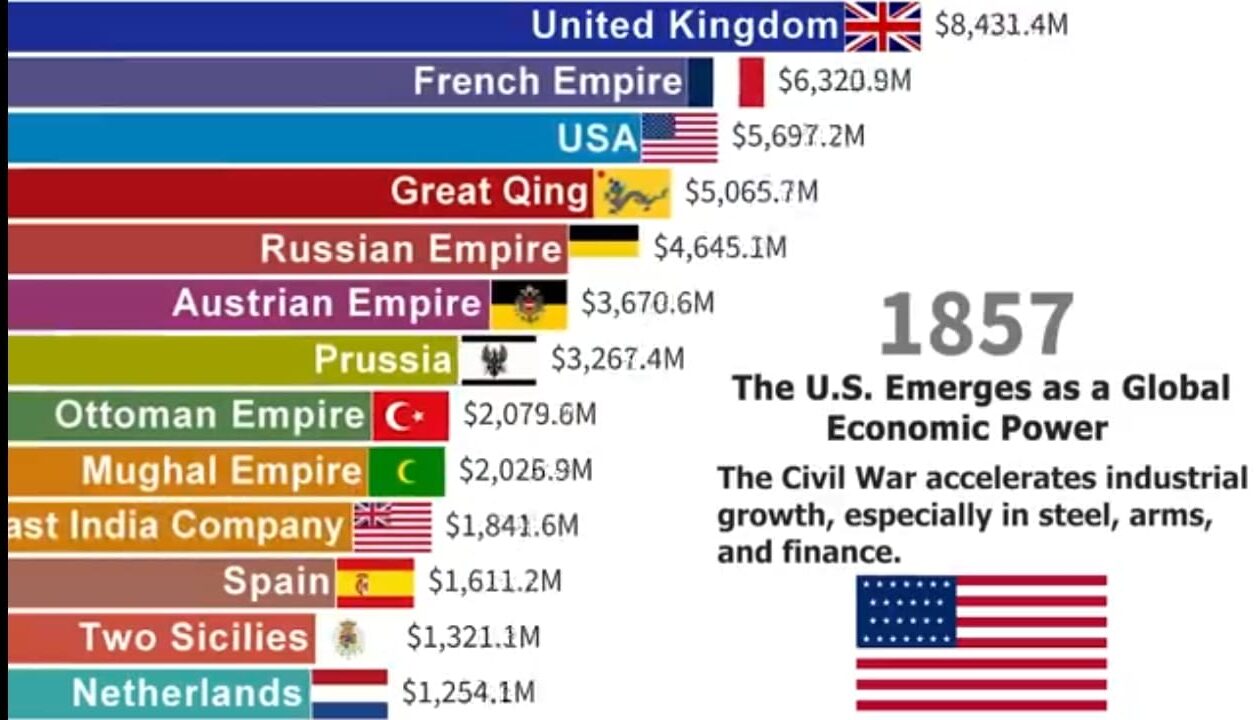
Indology: Selective Interpretation
British Indologists like Max Müller studied Sanskrit texts but interpreted them through Eurocentric frameworks:
Dating Manipulations: Indian texts were dated to fit Biblical timelines, making Indian civilization younger than it actually was. This preserved European claims to cultural primacy.
Selective Translation: Texts were selectively translated to emphasize aspects that fit European stereotypes while ignoring passages that contradicted those stereotypes.
Aryan Invasion Theory: The theory that “Aryan invaders” from Europe brought civilization to India served to make Indian civilization derivative of European roots—justifying British rule as Europeans returning to civilize their distant cousins.
Spiritual vs. Material: Indian civilization was praised for “spiritual” achievements while its material, scientific, and technological achievements were minimized or attributed to outside influences.
This selective scholarship created a distorted view of Indian civilization that persists today. Even many educated Indians accept these colonial interpretations of their own history and texts.
The Museum as Mausoleum
Institutions like the Asiatic Society, British Museum, and Victoria and Albert Museum collected Indian artifacts but presented them as specimens of a dead civilization, not living traditions:
Decontextualization: Religious artifacts were displayed as “art objects,” removing them from their spiritual and cultural contexts.
Frozen in Time: Indian civilization was portrayed as ancient and unchanging, ignoring continuous evolution and adaptation.
“Primitive” Classification: Indian achievements were classified as primitive forerunners to Western developments, not as achievements in their own right.
Theft as Preservation: The massive theft of Indian artifacts, manuscripts, and treasures was justified as “preservation”—implying Indians couldn’t preserve their own heritage.
This museumification of Indian civilization cut Indians off from their own heritage. Their ancestors’ achievements became foreign curiosities displayed in British museums rather than living traditions connecting past to present.

Cutting the Civilizational Thread
The cumulative effect of these policies was to sever India’s civilizational continuity:
Language Barriers: By replacing Sanskrit and Persian with English in education and administration, the British cut educated Indians off from texts in their own civilizational languages. Educated Indians could read Shakespeare but not Kalidasa, Newton but not Aryabhata.
Temporal Disconnect: By portraying Indian achievements as “ancient” (dead) rather than continuous (living), the British severed connections between contemporary India and its civilizational heritage.
Value Inversion: By teaching Indians that Western knowledge was scientific and Indian knowledge was superstition, the British inverted cultural values. Educated Indians learned to seek validation from Western sources rather than from their own traditions.
Collective Amnesia: Multiple generations of Indians educated in British schools developed collective amnesia about their own civilization’s achievements. They learned British history in detail but remained ignorant of Indian history, philosophy, science, and culture.
This severing of civilizational continuity is the essence of cultural genocide—leaving the population physically alive but spiritually severed from its roots, unable to draw strength from its own heritage.
The Moral and Legal Justification for the Term “Cultural Genocide”
In international jurisprudence, the term “cultural genocide” was first articulated by jurist Raphaël Lemkin, who coined the term “genocide.” Lemkin initially defined genocide broadly to include the destruction of the spiritual and cultural foundations of a national group, not just physical killing.
Lemkin’s Original Definition
Lemkin described genocide as occurring when conquerors attempted to destroy:
- The language of the oppressed group
- The cultural and religious institutions
- The economic foundation of the group
- The personal security and health of individuals belonging to the group
- The symbols and monuments associated with the group
By every one of these criteria, British rule in India constituted genocide:
Language Destruction: Systematic replacement of Sanskrit, Persian, and vernacular languages with English in education, administration, and law.
Cultural and Religious Institution Destruction: Defunding of Gurukuls, Pathshalas, Madrasas, Ayurvedic colleges; delegitimization of traditional knowledge systems.
Economic Foundation Destruction: The systematic economic drain that transferred $45 trillion from India to Britain, impoverishing India’s population.
Personal Security Destruction: Famines that killed 30-60 million Indians through policy-induced starvation; colonial violence and repression.
Symbol Destruction: Removal of artifacts to British museums; rewriting of history to delegitimize Indian civilization.
The 1948 UN Convention and Its Limitations
The final 1948 UN Genocide Convention excluded cultural genocide for political reasons. Western powers, including Britain, objected to including cultural genocide because it would make their own colonial policies actionable. The convention was limited to physical genocide—killing members of a group, causing serious bodily or mental harm, or preventing births.
However, UNESCO and the 2007 UN Declaration on the Rights of Indigenous Peoples reaffirmed that destroying a people’s traditions, education, religion, or language constitutes genocide in essence if not in law.
The UN Declaration states that indigenous peoples have the right:
- To revitalize, use, develop, and transmit their own histories, languages, traditions, and culture
- To establish and control their own educational systems
- To use their own languages
- To practice and revitalize their cultural traditions
By these standards, British colonial policy clearly violated indigenous rights on a massive scale, constituting cultural genocide even if the term wasn’t formally recognized in 1948.
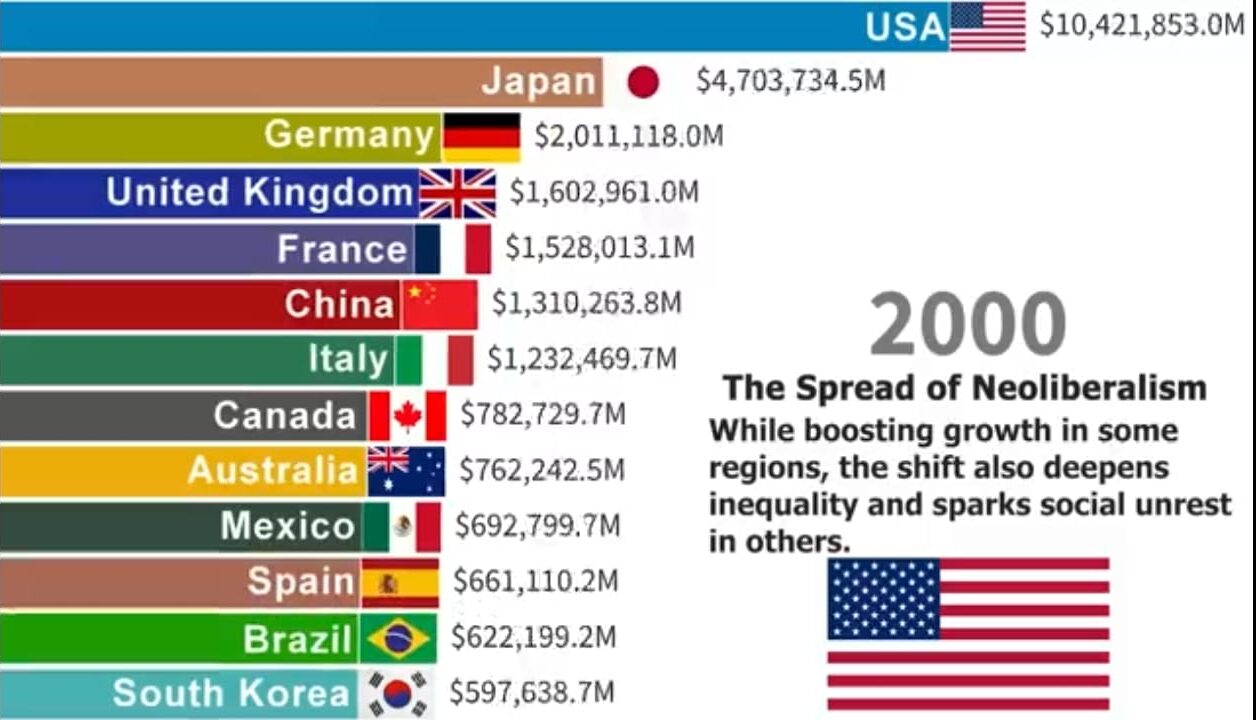
The Continuing Legacy of Cultural Genocide
The effects of British cultural genocide persist decades after independence:
Shifts in the 20th Century
Under Crown rule after 1858, cultural policy evolved from overt dismantling to subtler control. The colonial state began funding universities modeled on London’s system—not to foster free inquiry but to mold administrative cadres loyal to imperial ideology. Yet this period also saw the rise of nationalist intellectuals—Bankim Chandra, Aurobindo, Tilak, Tagore—who re-Indianized modern education, literature, and philosophy. By the 1930s, the Indian press, art movements, and political education networks had turned British tools against the empire itself, transforming the colonizer’s institutions into instruments of awakening.
Internalized Colonialism
Many educated Indians still:
- Value English over Indian languages for prestige and opportunity
- Dismiss Indian knowledge systems as unscientific or superstitious
- Measure civilization by Western standards
- Feel cultural inferiority relative to the West
- Seek validation from Western institutions rather than indigenous sources
This internalized colonialism is Macaulay’s lasting victory—Indians who police their own culture according to colonial standards.
Fractured Civilizational Consciousness
The engineered divisions—caste rigidity, religious communalism, regional antagonisms—continue to prevent the national unity that would allow India to fully realize its potential. Divide and rule may have ended officially in 1947, but its effects persist in political mobilization along caste and religious lines.
Devalued Indigenous Knowledge
Ayurveda, yoga, Indian mathematics, Sanskrit learning—these remain marginalized in Indian education and society despite their value. When yoga becomes popular globally, it’s “validated” by Western acceptance rather than recognized as inherently valuable Indian tradition.
Broken Educational System
India’s education system still largely follows the colonial model—English-medium, Western-curriculum-focused, designed to create employees rather than thinkers. Indigenous knowledge systems remain marginal in mainstream education.
Historical Amnesia
Most Indians know more about European history than Indian history, can recite British kings but not Indian dynasties, recognize Western philosophers but not Indian ones. The cultural amnesia created by British historiography persists.
By 1947, India’s literacy rate was 12%—one of the world’s lowest.
Conclusion: Acknowledging Cultural Genocide to Overcome It
The British didn’t need to kill India’s people—they killed her continuity, confidence, and civilizational coherence. That is why “cultural genocide” is not metaphorical exaggeration but an accurate descriptor of a deliberate colonial policy implemented over 182 years.
From their transformation from traders to rulers—formalized by the 1765 Treaty of Allahabad granting the East India Company Diwani rights—through two centuries of economic and cultural domination, the British not only drained India’s wealth but systematically uprooted her knowledge systems, faith institutions, and languages. The Treaty of Allahabad marked not only fiscal control but also the beginning of civilizational dismantling, to the divide and rule strategy that prevented unified resistance, to the economic drain that transferred $45 trillion in wealth—every dimension of British colonialism served to destroy Indian civilization.
But cultural genocide was the most insidious dimension because it worked on the level of consciousness. It made Indians:
- Question the value of their own civilization
- Seek validation from their colonizers
- Internalize British cultural superiority as natural and deserved
- Police their own culture according to colonial standards
- Remain mentally colonized long after physical colonization ended
Understanding this cultural genocide is not about nursing historical grievances. It’s about:
- Recognizing the systematic nature of colonial cultural destruction
- Understanding why educated Indians often devalue their own heritage
- Identifying continuing colonial attitudes that hinder national development
- Reclaiming indigenous knowledge systems that were delegitimized but remain valuable
- Rebuilding
Feature Image: Click here to view the image.
Watch Videos
Glossary of Terms
-
Macaulay’s Minute on Indian Education: A British policy paper (1835) by Thomas Babington Macaulay that replaced India’s indigenous education system with English-based schooling, aiming to create anglicized Indians to serve colonial administration.
-
William Adam Reports: Surveys (1835–1838) documenting indigenous schools in Bengal and Bihar, later cited to reveal the scale of India’s pre-colonial education system.
-
Sir Thomas Munro’s Survey: A colonial administrative report (1822–1825) on traditional schooling in the Madras Presidency, showing wide caste participation and community-funded education.
-
Gurukul / Pathshala / Tol: Traditional Indian learning centers teaching scriptures, mathematics, medicine, astronomy, and philosophy in local or Sanskrit languages.
-
Macaulayism: The mindset of valuing Western education and culture over indigenous traditions—named after Thomas Macaulay—still visible in modern educational attitudes.
-
Raphaël Lemkin: The Polish-Jewish jurist who coined the term “genocide,” initially defining it to include cultural destruction, not just physical extermination.
-
Morley–Minto Reforms (1909): British constitutional reforms that introduced separate electorates for religious communities, institutionalizing communal division.
-
Aryan Invasion Theory: A colonial hypothesis claiming Indo-European “Aryans” invaded India and brought civilization—used to justify British “return of civilization.”
-
Doctrine of Divide and Rule: The British imperial strategy of maintaining power by fostering divisions among Indians based on caste, religion, and region.
-
Asiatic Society: A scholarly body founded in 1784 by Sir William Jones in Calcutta that studied Indian culture from a Eurocentric viewpoint and facilitated knowledge appropriation.
-
Epistemic Genocide: The erasure or delegitimization of a civilization’s knowledge systems and intellectual traditions by dominant powers.
-
UNESCO Indigenous Rights Declaration (2007): A United Nations document reaffirming cultural autonomy, linguistic rights, and education control for indigenous communities worldwide.
-
Gurukul Kangri: A modern revivalist educational institution founded by Swami Shraddhanand in 1902, embodying the ancient Indian Gurukul system.
-
Bengal Renaissance: A 19th-century cultural and intellectual movement that reasserted India’s philosophical and literary traditions against colonial domination.
-
Brown Sahib: A colloquial term for Indians anglicized in behavior and thinking, often serving colonial interests.
#CulturalGenocide #BritishRule #IndianEducation #ColonialHistory #HinduinfoPedia
Follow us:
- English YouTube: Hinduostation – YouTube
- Hindi YouTube: Hinduinfopedia – YouTube
- X: https://x.com/HinduInfopedia
- Instagram: https://www.instagram.com/hinduinfopedia/
- Facebook: https://www.facebook.com/Hinduinfopediaofficial
- Threads: https://www.threads.com/@hinduinfopedia
Previous Blogs of the Series
- https://hinduinfopedia.org/east-india-company-from-traders-to-rulers/
- https://hinduinfopedia.org/east-india-company-treaty-of-allahabad-1765/
- https://hinduinfopedia.org/east-india-company-vs-maratha-empire/
- https://hinduinfopedia.org/divide-and-rule-by-east-india-company/
- https://hinduinfopedia.org/economy-in-british-raj-the-systematic-drain-of-indian-wealth/
- https://hinduinfopedia.org/british-stole-indian-treasures-colonial-plunder-and-cultural-genocide/
- https://hinduinfopedia.org/bengal-famine-and-british-genocides-how-colonial-policies-killed-millions/
Other related blogs and posts
- https://hinduinfopedia.org/british-rule-in-india-a-blessing-or-a-curse/
- https://hinduinfopedia.org/indian-education-system-and-its-legacy/
- https://hinduinfopedia.org/islamic-influence-and-jazia-tax-in-india/
- https://hinduinfopedia.org/battle-of-plassey-a-pivotal-turning-point-in-indian-history/
- https://hinduinfopedia.org/guru-arjan-dev-ji-architect-of-faith-and-martyrdom/
- https://hinduinfopedia.org/maratha-empire-decline-consequences-of-the-third-anglo-maratha-war/
- https://hinduinfopedia.org/guru-har-rai-a-legacy-of-compassion-and-strength/
- https://hinduinfopedia.org/indian-independence-and-mutiny-in-india-1857/
- https://hinduinfopedia.org/indias-freedom-struggle-efforts-and-quit-india-movement-iii/
- https://hinduinfopedia.in/aurangzebs-tyrannical-monuments-a-legacy-of-despotism/
- https://hinduinfopedia.in/aurangzebs-ascent-governance-and-policy-dynamics/
- https://hinduinfopedia.in/aurangzebs-early-life-prelude-to-power-of-criminal-empire/
- https://hinduinfopedia.in/ahmad-shah-abdali-and-the-vadda-ghalughara-massacre/
- https://hinduinfopedia.in/guru-tegh-bahadur-legacy-of-faith-and-freedom/
- https://hinduinfopedia.in/tipu-sultan-legacy-unraveling-controversies-of-mysore-tiger/
- https://hinduinfopedia.in/tipu-sultan-a-true-muslim/
- https://hinduinfopedia.com/gurukul-truths-of-hindu-wisdom/
- https://hinduinfopedia.org/gurukul-education-system-a-journey-through-time/
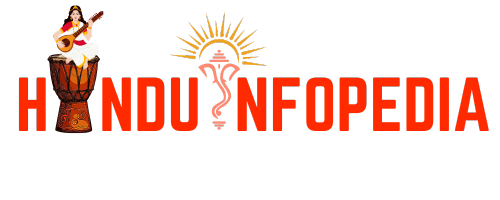

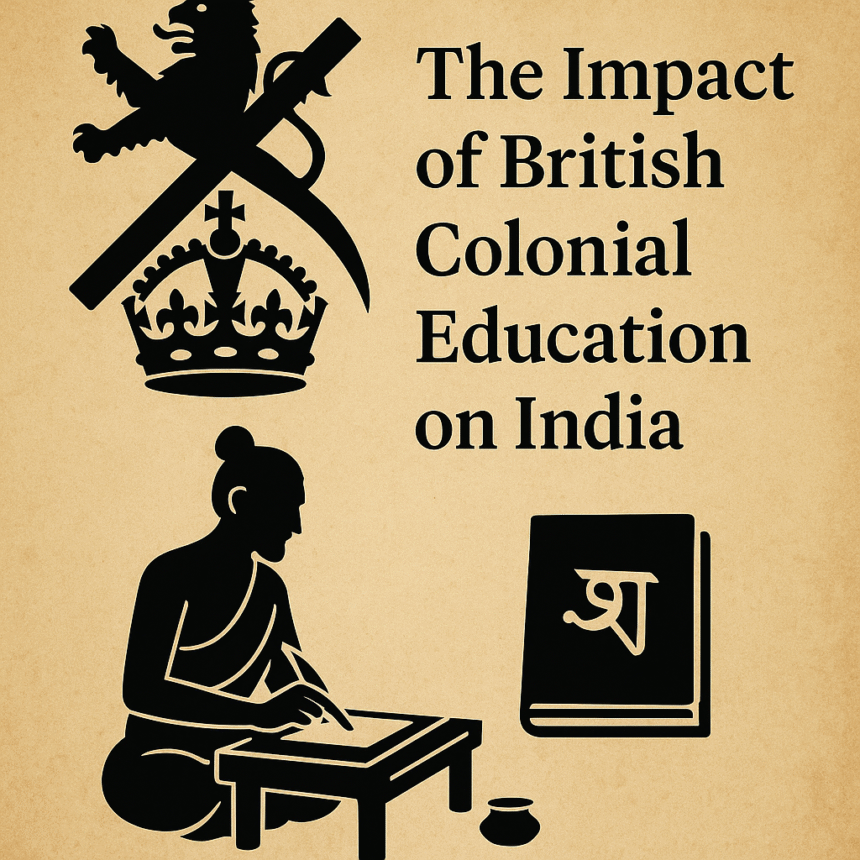
Leave a Reply